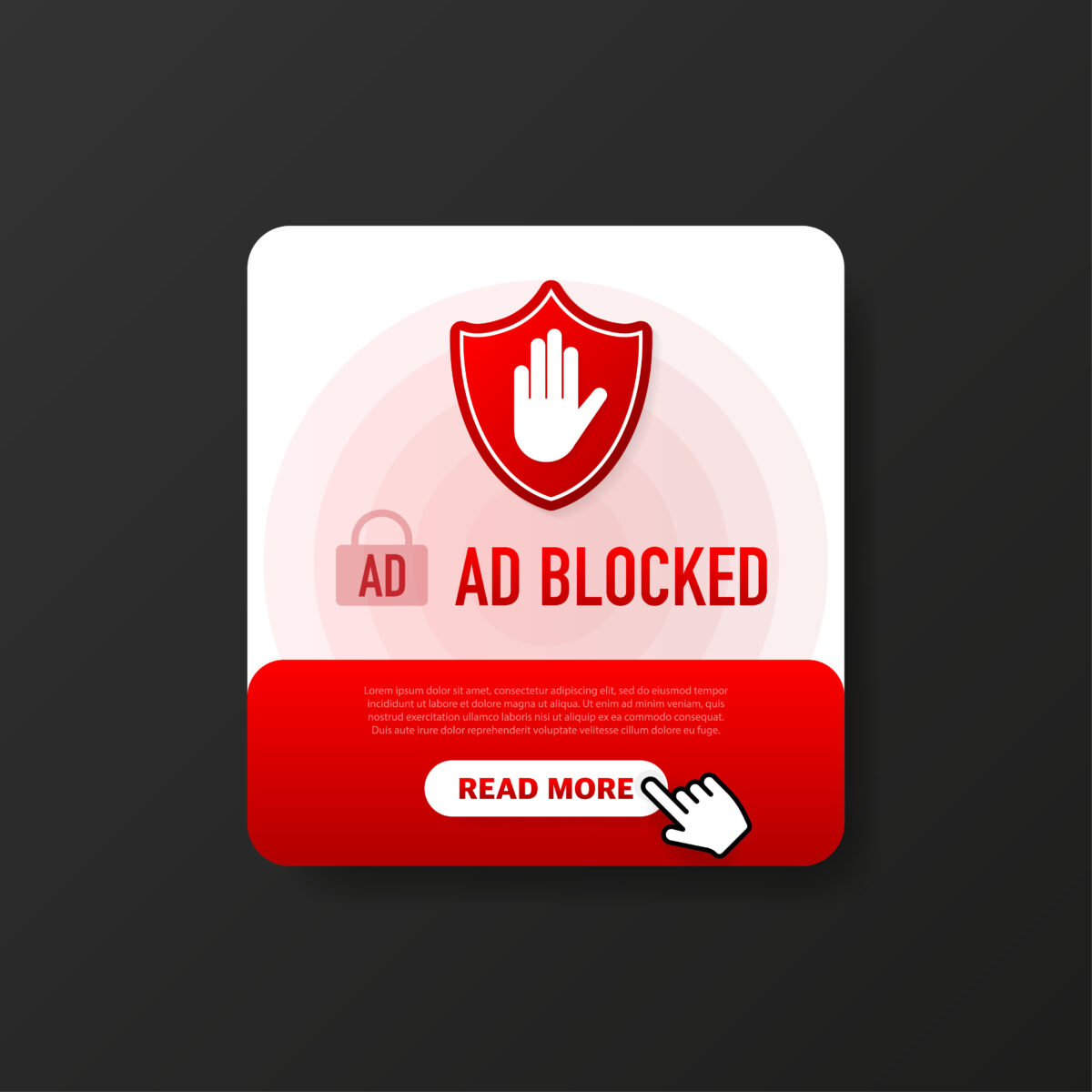Skip to content

- Ad blocker usage: According to a study by eMarketer, in 2021, it is estimated that 27.5% of internet users worldwide use an ad blocker. This percentage is expected to rise to 30.1% by 2024.
- Revenue loss: Ad blocking can have a significant impact on publishers’ revenue. In the US, it is estimated that ad blocking caused a loss of $12.1 billion in publisher revenue in 2020.
- Demographics: Ad blocker usage tends to be higher among younger age groups. In the US, for example, 41% of internet users aged 18-24 use ad blockers, compared to 15% of those aged 55-64.
- Ad blocking by device: Ad blocker usage is higher on desktop/laptop devices compared to mobile devices. In the US, for example, 20% of desktop/laptop users have ad blockers installed, compared to 9% of mobile users.
- Reasons for using ad blockers: The primary reasons given for using ad blockers are to improve page load times, reduce the number of ads seen, and protect against malware.
- Ad blocker detection and response: Publishers have a range of options for detecting and responding to ad blockers, including anti-ad-blocking scripts, ad reinsertion, and anti-ad-blocking messages.
- Impact of ad blocker response strategies: The effectiveness of these strategies varies. For example, anti-ad-blocking messages may be ignored by users, while ad reinsertion can lead to user frustration and a negative user experience.
